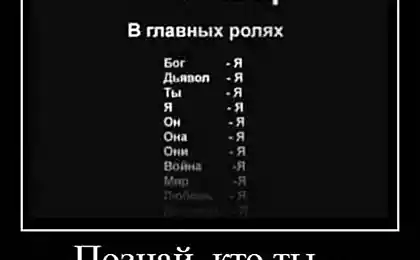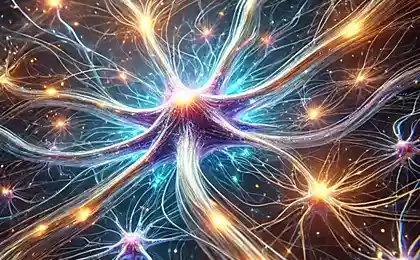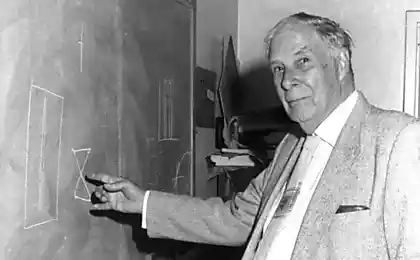171
Invisible superpowers: 8 scientific methods to find your strengths

How to find a diamond in a coal mine: The science of hidden talent
A Harvard study (2023) found that 72% of people underestimate their strengths, mistaking them for “normal skills.” Neuroscientists claim that our talents are “blind spots” of the brain that can be made visible by special techniques.
Why don't we see our superpowers?
According to psychologist Thomas Chamorro-Premuzik's "invisible superiority" theory, the brain filters:
- Actions that are too easy
- Skills used automatically
- Situations where we feel “flow”

8 Ways to Detect Hidden Talents
1. Flow state analysis
Psychologist Mihai Csikszentmihalyi advises:
- Capture moments of total immersion
- Note what tasks cause a “temporary collapse”
- Identify repetitive patterns
Keeping a flow diary, I realized that it is easy to solve conflicts of colleagues. I am now an HR manager. – Anna, 28
2. The reverse projection method
The neurobiological approach:
- Imagine that you are another person.
- Describe your qualities from a third person
- Select repeated epithets
3. The Compliment Detective game
Collect 30 days:
- Any compliments received
- Accidental remarks about your actions
- Analyze cross-cutting themes

4. Blind spot technique
Psychotherapist Irvin Yalom suggests:
- Make a list of “normal” skills
- Ask 3 people how they feel about them.
- Find differences in perception
5. The Forbidden Fruit Experiment
For a week, give up:
- A case that you consider your “role”
- A skill that you use automatically
- Analyze the consequences
6. Map of energy zones
Record 14 days:
- Energy-energizing activities
- Tasks after which you feel lifted
- Create clusters by topic
7. Practice of “Retrospective analysis”
Flick through:
- Old messages/letters
- Photo from the last 5 years
- Find repetitive behavior patterns
8. The Neurofeedback Method
Use technological solutions:
- Smart watches to track pulse in different activities
- Muse-type applications for brain wave analysis
- Compare data with emotional states
Glossary
Flow status The mental state of complete involvement (M. Csikszentmihalyi).
Neuroplasticity The ability of the brain to form new neural connections.
Brain failure A network of areas active at rest.
Sources: Harvard Business Review, Journal of Positive Psychology, research by Irvin Yalom. The material is relevant for March 2025.
Resilience neuroarchitecture: How to Reprogram Your Brain to Fight Difficulties
The Neurochemistry of Power: 8 Reasons for Your Unstoppable Drive























